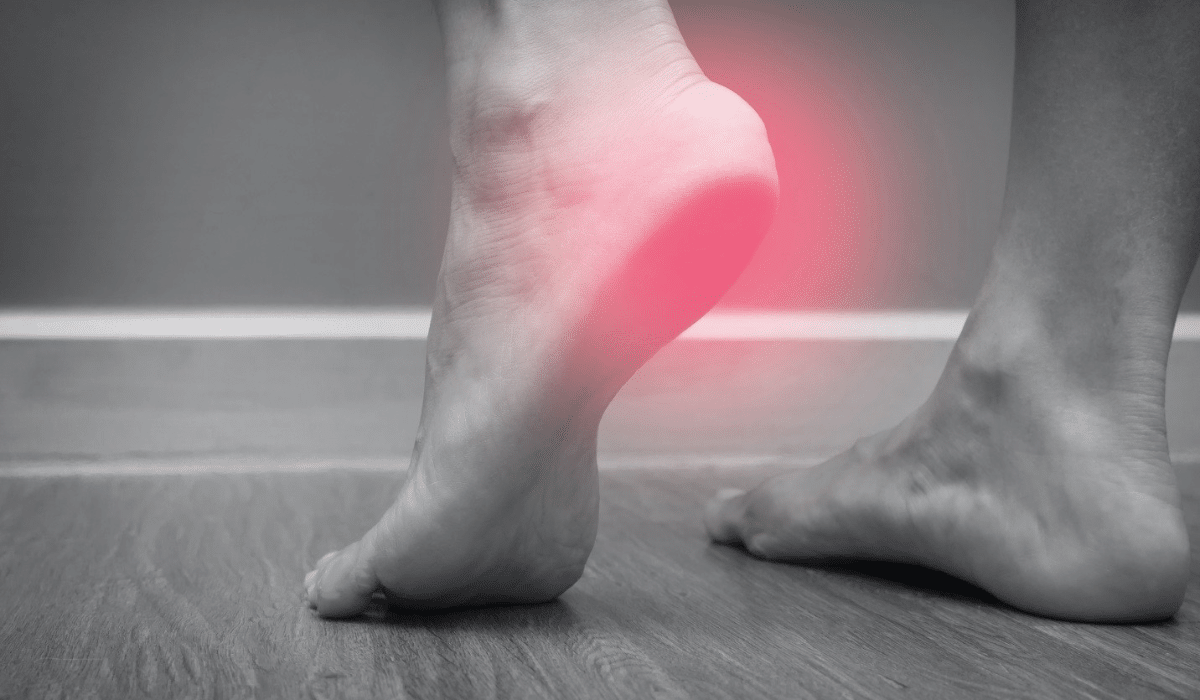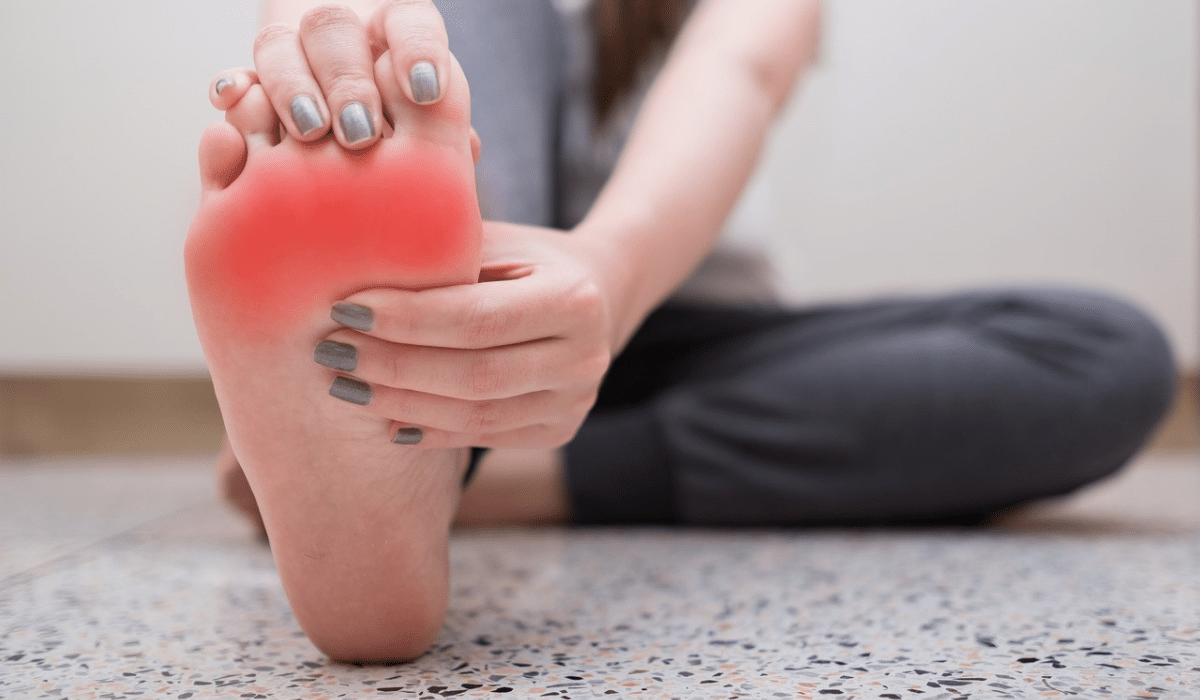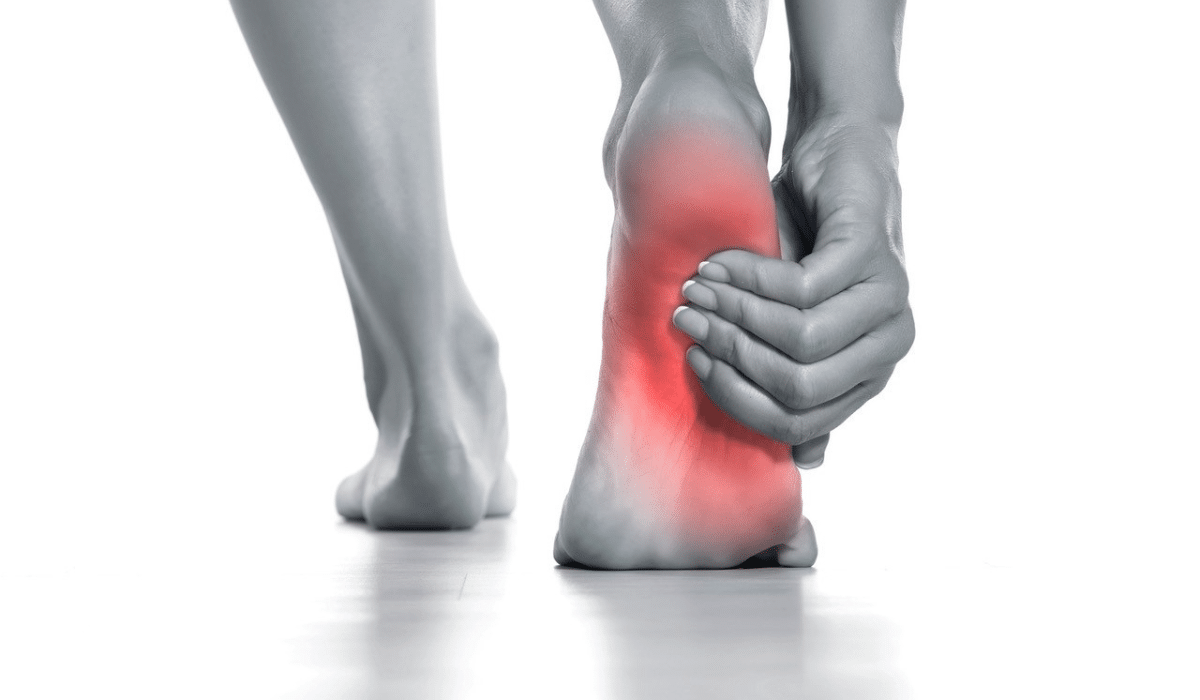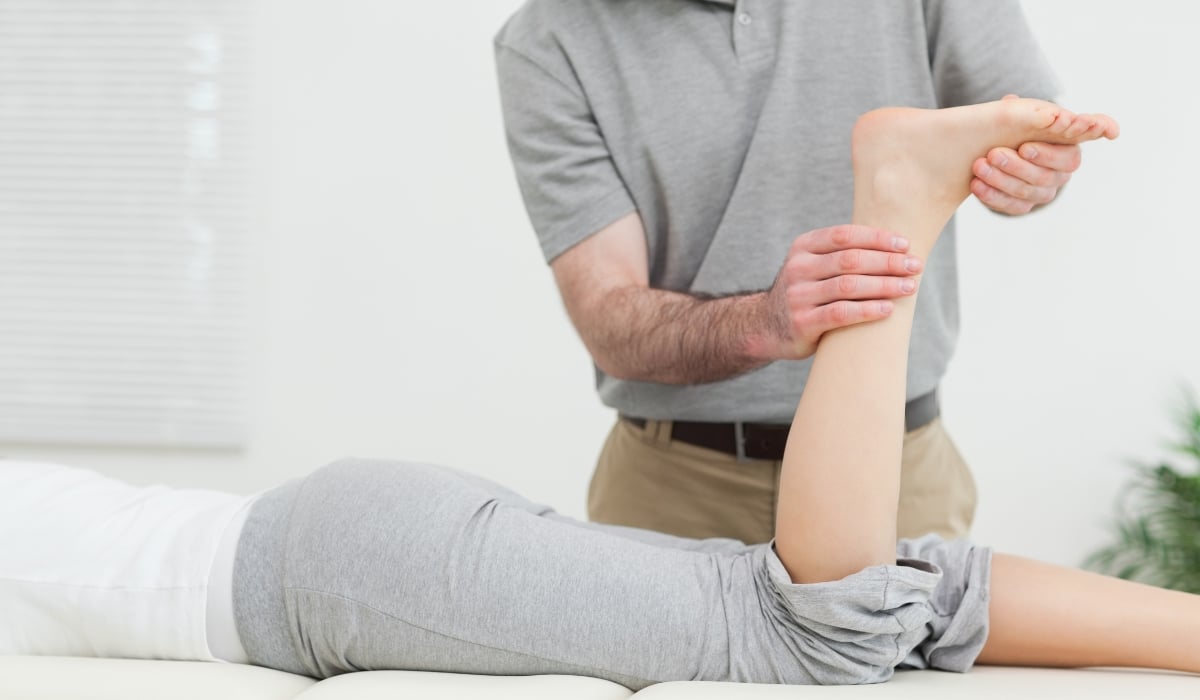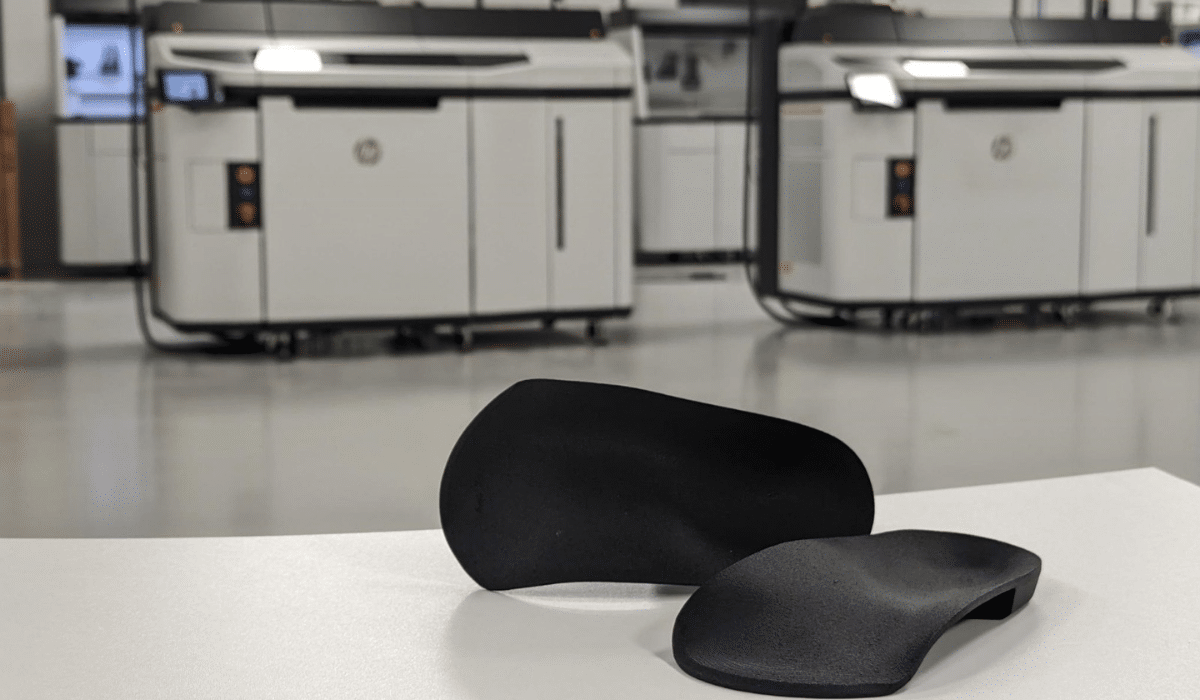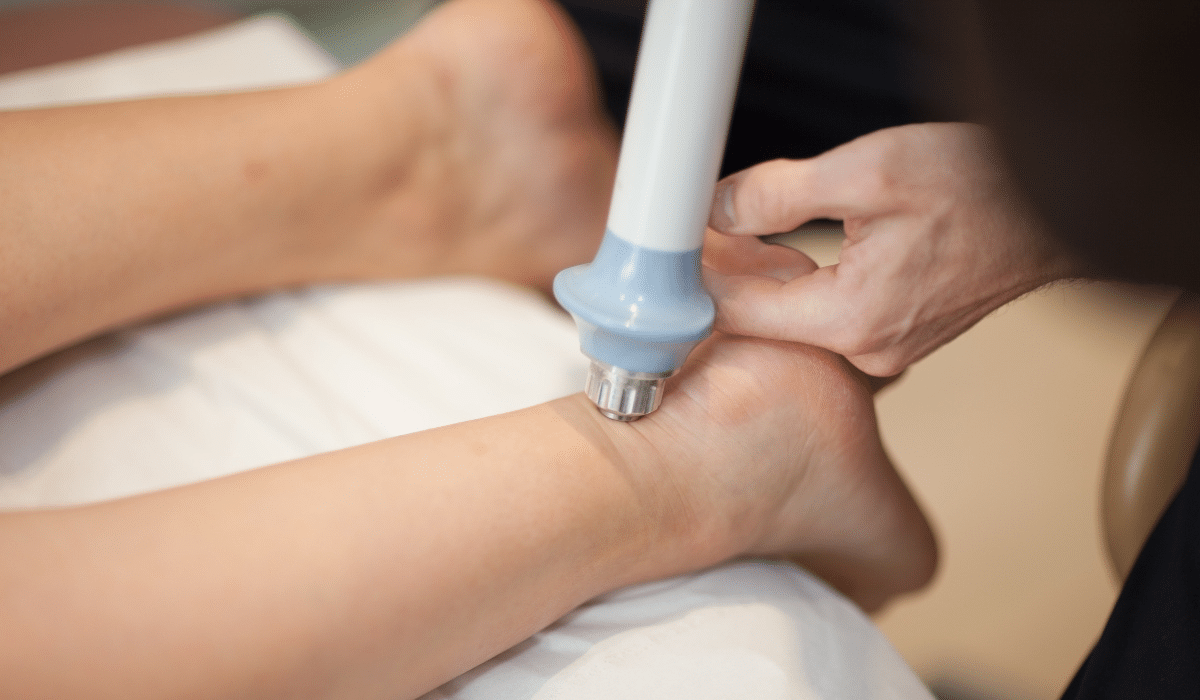-
Phone: 01392 259 101
-
Request a Consultation Click here
Plantar Fasciitis
Plantar Fasciopathy (often referred to as Plantar Fasciitis) is extremely common. Approximately 1 in 10 of us will experience this pain at some point in our lives. However, this condition is commonly misdiagnosed as there as so many different pathologies that can cause pain under the heel.
Common causes
There are a number of causes for Plantar Fasciopathy and various factors that can increase your risk of developing this condition. Read on to learn more about how we can help you manage your Plantar Heel Pain.
Body Mass Index
The heavier we are (greater our BMI) the more susceptible we are to foot pain, especially Heel Pain. We all fluctuate in bodyweight throughout our lives. Sometimes if we quickly gain weight (through pregnancy, diet, illness or something else) this can put extra strain on our soft tissues. Load management and movement to encourage weight loss may not only be good for the feet, but also the cardiovascular system.
Flat or High Arched Feet
Constant strain on the tissues in the bottom of our feet can contribute to the development of Plantar Fasciitis. In those people who suffer with chronic or recurrent heel pain there may be some Biomechanical issues affecting our foot function that can contribute to our Heel Pain.
Training Error
‘Too much too soon after doing too little for too long’
Plantar Fasciitis & Heel Pain is often a result of an increase in load. This can stem from training error, weight gain, footwear changes and many other factors. It is common in runners who increase their mileage quickly without adequate adjustment periods.
Common symptoms
- Sharp pain in the base of the heel or the arch of the foot that can make you limp
- Pain in the morning when you first put your foot / feet to the ground but generally eases after a little while
- Pain that eases with rest but returns on rising after having been seated or resting (rest to rise pain)
- Heel pain that worsens with prolonged standing and walking
Plantar Fasciitis Treatments & Services
What our patients say
Thank you Jack!
On this page
Share this page
Request a Consultation
It all starts with a Consultation.
If you have Foot, Ankle or Leg pain contact us today via telephone, email or our Contact Form to book an appointment.
Our Team will respond to you ASAP and arrange an appropriate booking date for you.

